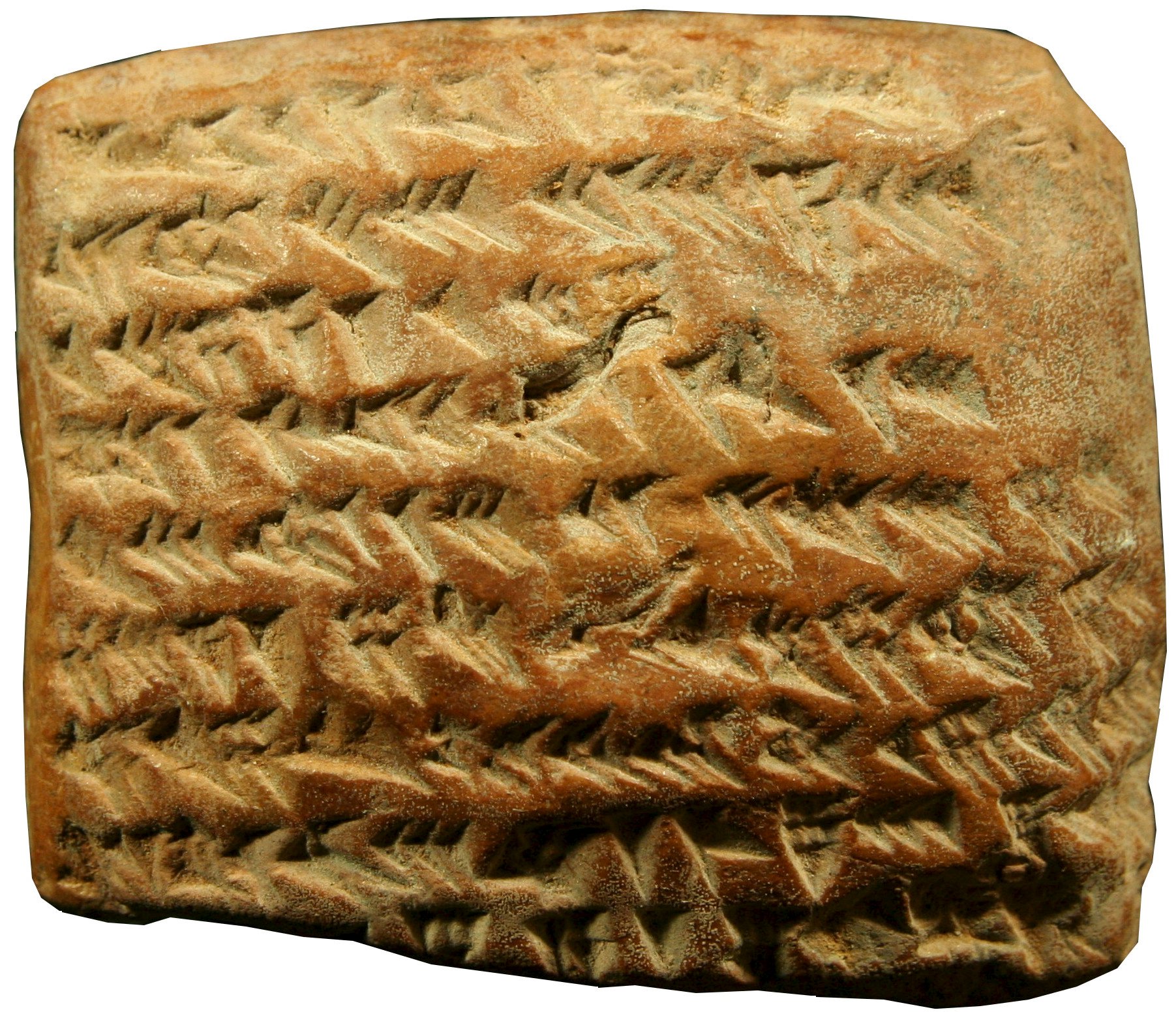Ancient Babylonian astronomers were way ahead of their time, using sophisticated geometric techniques that until now had been considered an achievement of medieval European scholars.
That is the finding of a study published Thursday that analyzed four clay tablets dating from 350 to 50 B.C. featuring the wedge-shaped ancient Babylonian cuneiform script describing how to track the planet Jupiter's path across the sky.
"No one expected this," said Mathieu Ossendrijver, a professor of history of ancient science at Humboldt University in Berlin, noting that the methods delineated in the tablets were so advanced that they foreshadowed the development of calculus.



















With your current subscription plan you can comment on stories. However, before writing your first comment, please create a display name in the Profile section of your subscriber account page.